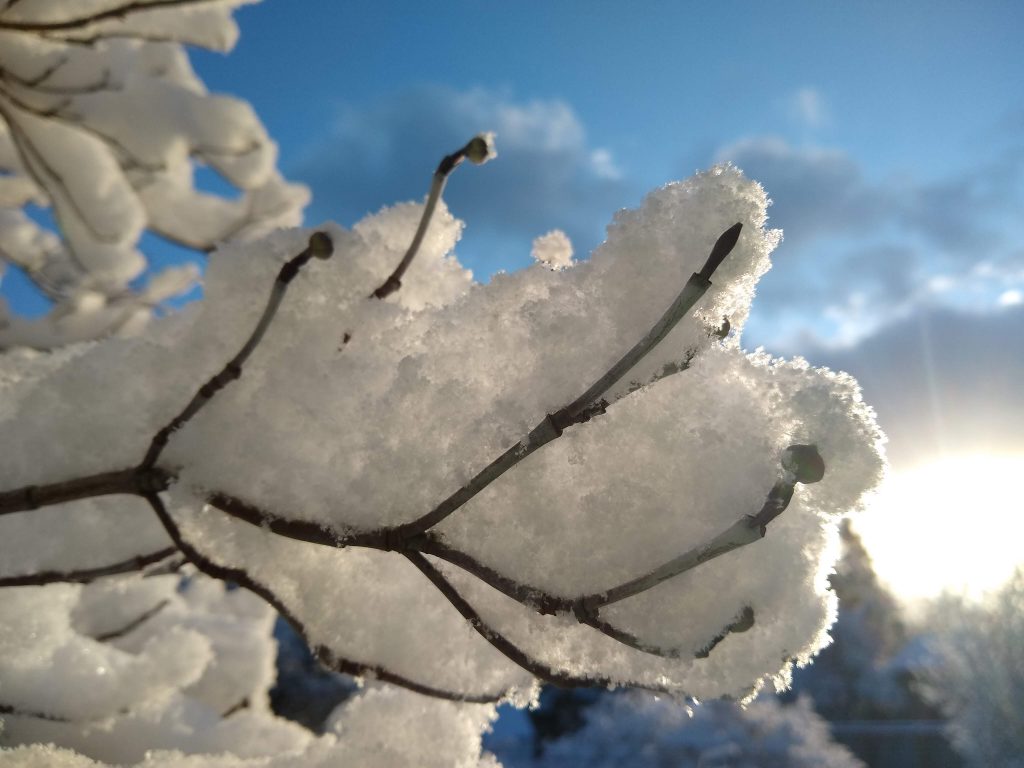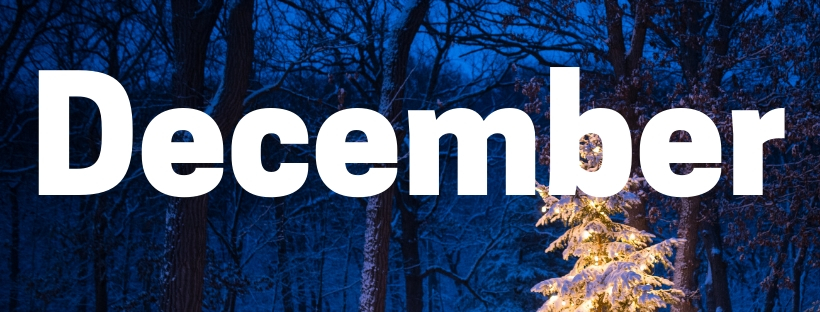December is a good month to put the final finishing touches to the year’s garden. Watering, dormant spraying, winter protection of tender plants and planting head the list of December garden projects.
WATERING – It is especially important to check the plants under tall evergreens and under the eaves of the house to see that they have sufficient moisture. In many cases the plants in these locations are just about bone dry. The lack of moisture plus cold winter weather can be fatal to many of these plants. The plants in most other parts of the garden now have received enough moisture from fall rains to survive quite well, so every effort can be made to conserve water.
WINTER PLANT PROTECTION – Should the weather turn really cold like it has in the past, it would be a good idea to provide some special protection to tender or early flowering plants like rhododendrons, camellias, azaleas, and daphne. One of the best ways to provide this protection is to simply cover the plants with some type of cloth material. First, place three or four stakes around the plant then drape the burlap, old blanket, or other cloth type material over the stakes so it does not come into direct contact with the leaves of the plant. This covering is only left in place during the cold spell; as soon as the weather moderates, remove the covering completely.
BULBS – There still is time to plant bulbs of tulips, daffodils, hyacinths, crocus, and the other spring flowering bulbs. Prepare the soil by mixing the correct amount of bulb fertilizer, soil dust, and organic humus with your existing soil. Plant the bulbs approximately three times deeper than the greatest diameter of the bulb. For example, a crocus bulb with an average one inch diameter should be planted three inches deep.
DORMANT SPRAYING – November, December, January, and early February are the months to apply dormant spray to help control over-wintering insects and diseases on deciduous trees and shrubs. Liquid lime-sulfur and oil spray combinations are usually used for this seasonal spraying. Specialists usually recommend that dormant sprays be applied three times during the winter, with the first application being made in November, the second in December, and the third in late January or early February (about the time the new growth buds begin to break open). There is no need to spray any of these types of plants if there has been no insect or disease problems this past season.
PLANTING TREES AND SHRUBS – Fall and early winter are ideal times for planting or transplanting both trees and shrubs. Now during the dormant season is the time when both will transplant with the minimum amount of transplanting shock. Be sure to adequately prepare the new planting hole by adding generous amounts of compost (if available), peat moss, and processed manure with your existing soil. Prepare the new planting soil about twice as large as the root system of the plant being planted or transplanted. Be sure to set the plant at the same level as it was previously growing. Large trees or shrubs should be staked to protect them from wind-whipping during strong winter wind storms.
PRUNING – December is a good month to prune stone fruits like cherries, plums, prunes, and peaches. Apples, pears, and other trees and shrubs can be pruned later this winter, after the holidays. Delay pruning roses until late February or early March.
TAKING CUTTINGS – Now is a good time to take cuttings of evergreens, including heathers, rhododendrons, azaleas, etc. Take the cutting from new, established tip growth. Keep the cuttings indoors in a spot with bright light, where temperatures range near seventy degrees during the day and night.
COMPOSTING – Fallen leaves and unused plant parts should be added to the compost pile to help make compost humus for use in next year’s garden.
WEEDS – Take time to pull or cultivate weeds that are growing in all parts of the garden before they flower and go to seed again this winter. Otherwise, you will be fighting those weed seed for many years to come.
LAWN FERTILIZING – The first part of December is considered one of the best times of the entire year for fertilizing the lawn. If moss is a problem in the lawn, choose a brand of lawn fertilizer that has a moss control product added, so you can accomplish both projects with one easy application.
Seeds make great stocking stuffers:
-
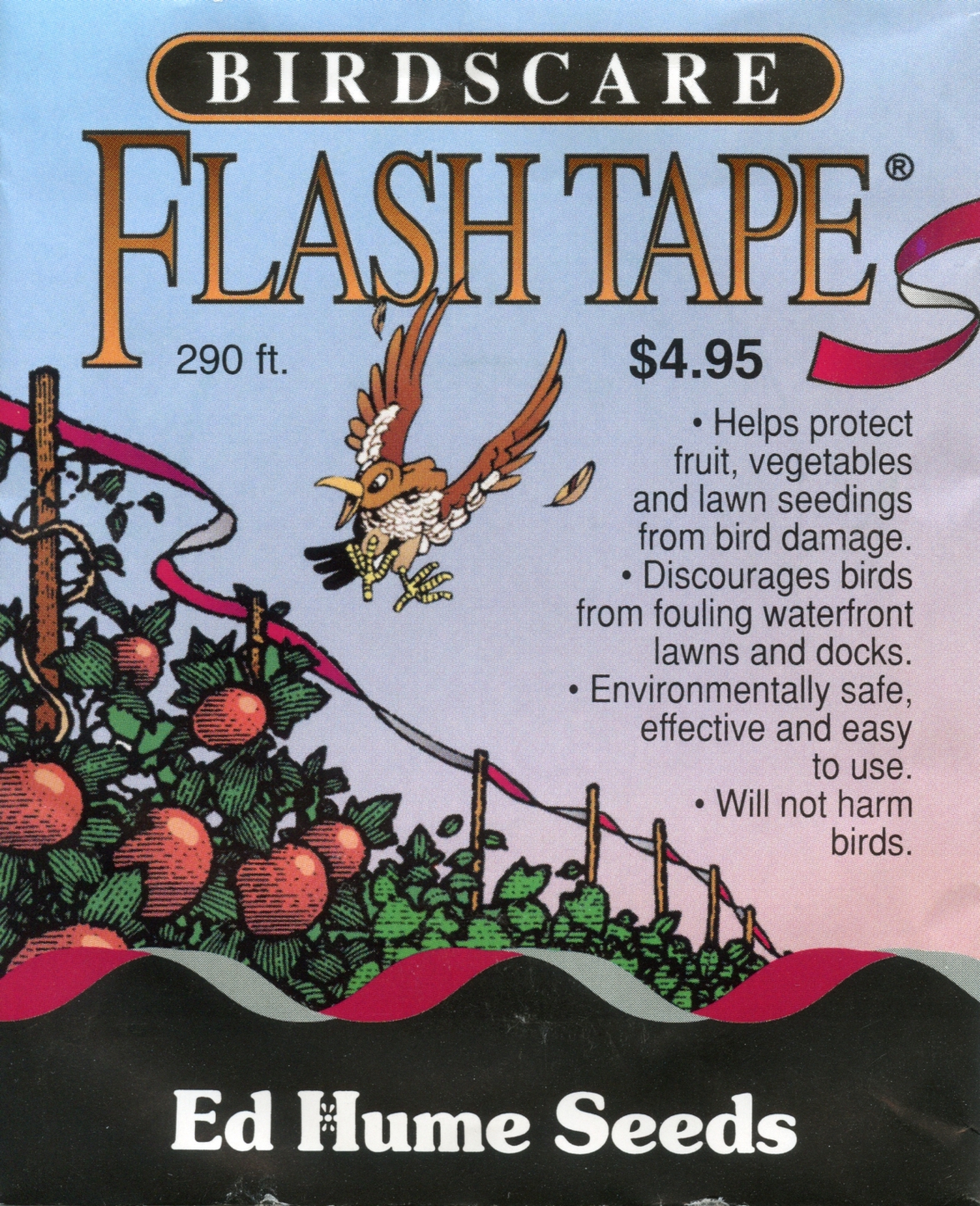 Birdscare Flash Tape™$4.95
Birdscare Flash Tape™$4.95 -
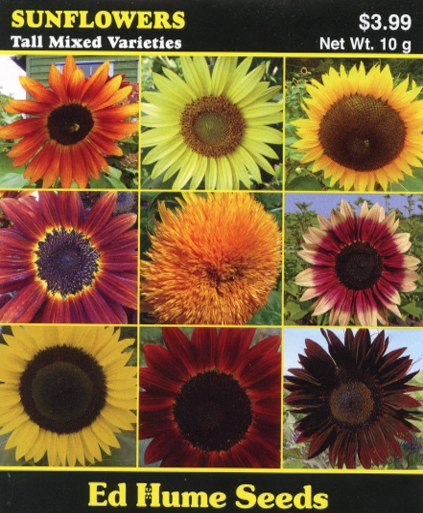 Sunflower – Tall Mixture, Jumbo Packet$3.99
Sunflower – Tall Mixture, Jumbo Packet$3.99 -
 Catnip – Nepeta Cataria$1.99
Catnip – Nepeta Cataria$1.99 -
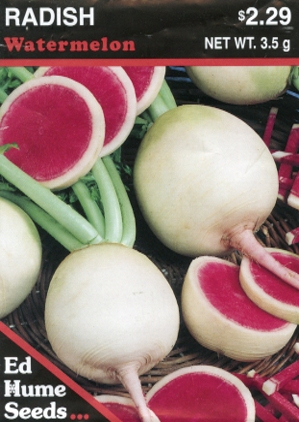 Radish – Watermelon$2.29
Radish – Watermelon$2.29 -
 California Poppy – Mixed Colors$1.99
California Poppy – Mixed Colors$1.99 -
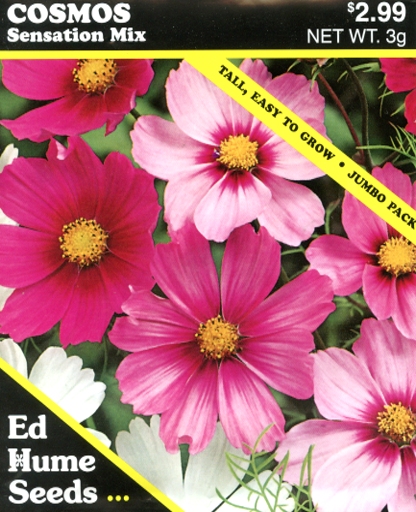 Cosmos – Sensation Jumbo Mix$2.99
Cosmos – Sensation Jumbo Mix$2.99 -
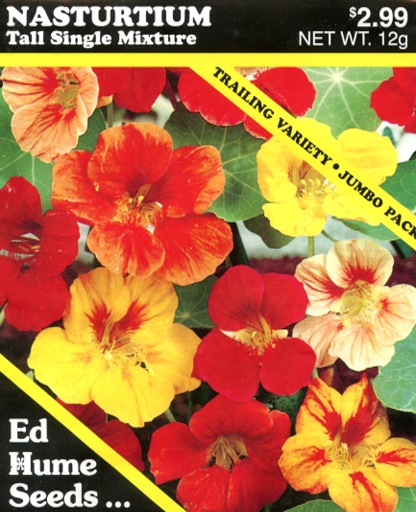 Nasturtium – Tall Single Jumbo Mixture$2.99
Nasturtium – Tall Single Jumbo Mixture$2.99 -
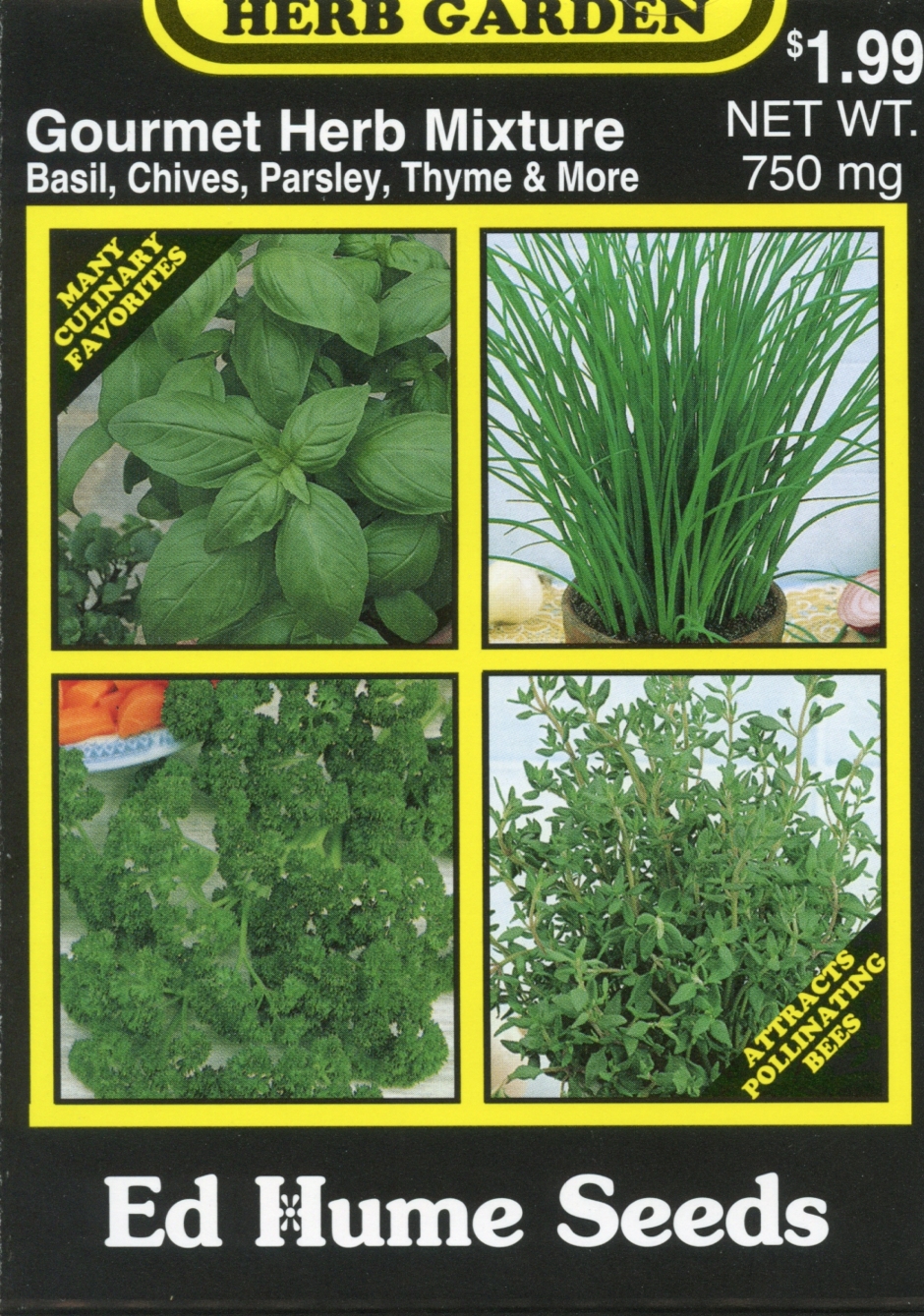 Gourmet Herb Mix$1.99
Gourmet Herb Mix$1.99 -
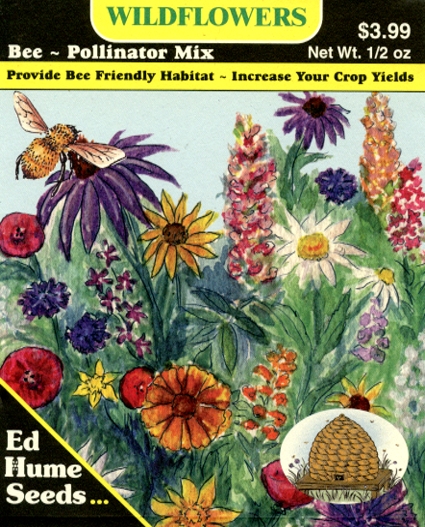 Bee Pollinator Mix$3.99
Bee Pollinator Mix$3.99
